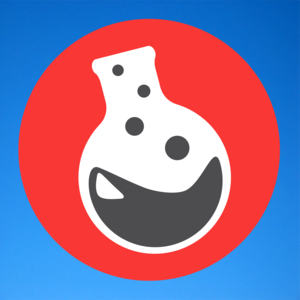Select from the dropdown lists to complete the text.
( Fractional distillation, Distillation, Crystallisation ) is the process of separating crude oil into its different compounds. Crude oil is a ( mixture, compound, selection ) of ( compounds, mixtures ), and is pretty useless by itself.
1. Crude oil is ( heated, cooled ) as it enters the fractionating column.
2. The crude oil is evaporated/vaporised, and begins to ( rise, sink ).
3. The top of the column is ( cooler, hotter ) than the bottom.
4. As the gases rise they begin to condense as they reach their ( boiling, melting ) point.
5. The different molecules will condense into ( fractions, halves, quarters ) of molecules with similar boiling points.
6. The ( longer, shorter ) the hydrocarbon chain, the higher the boiling point - so will collect near the bottom of the column.
